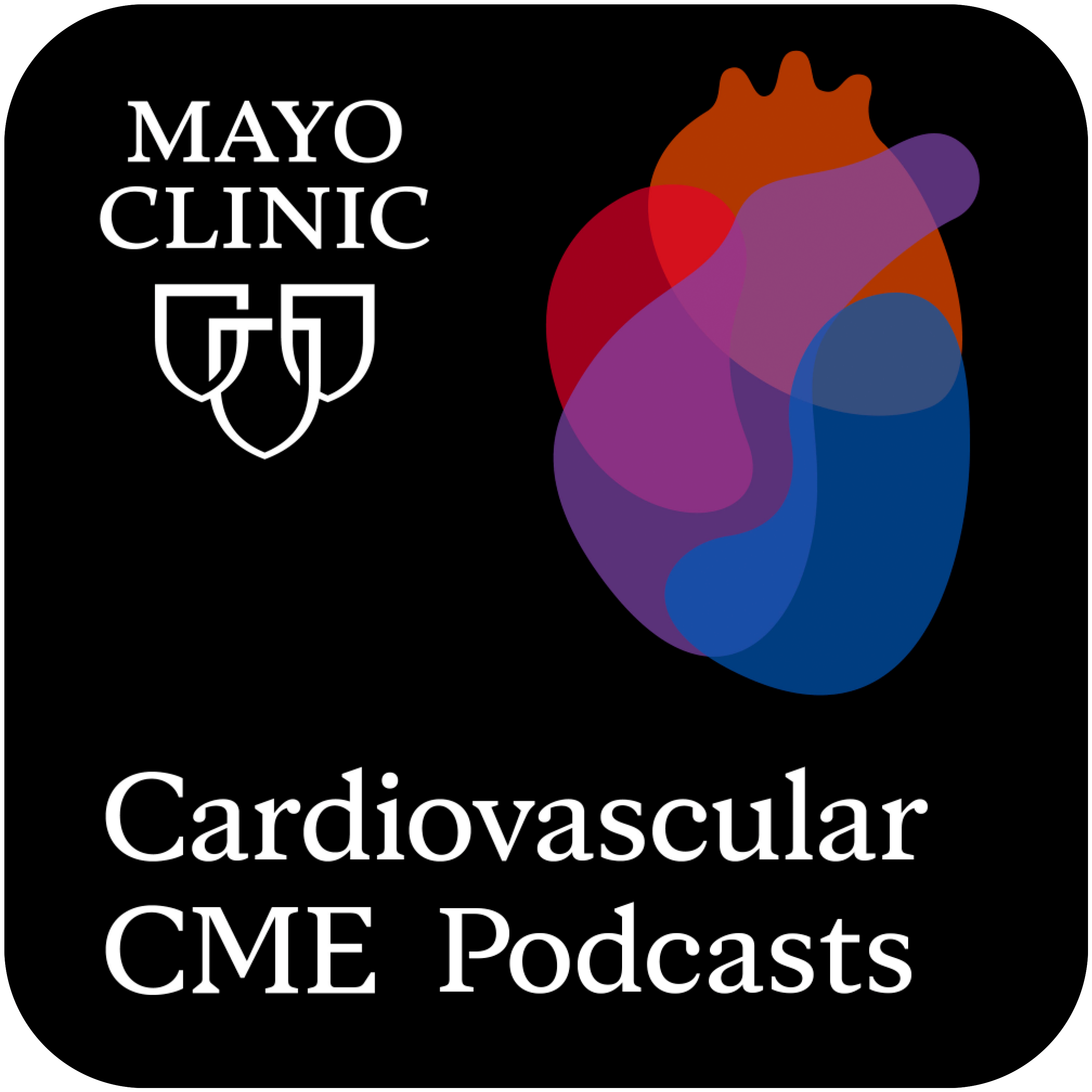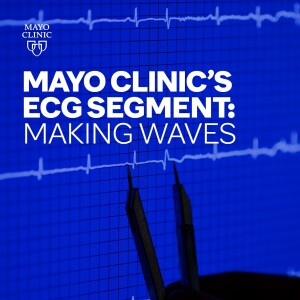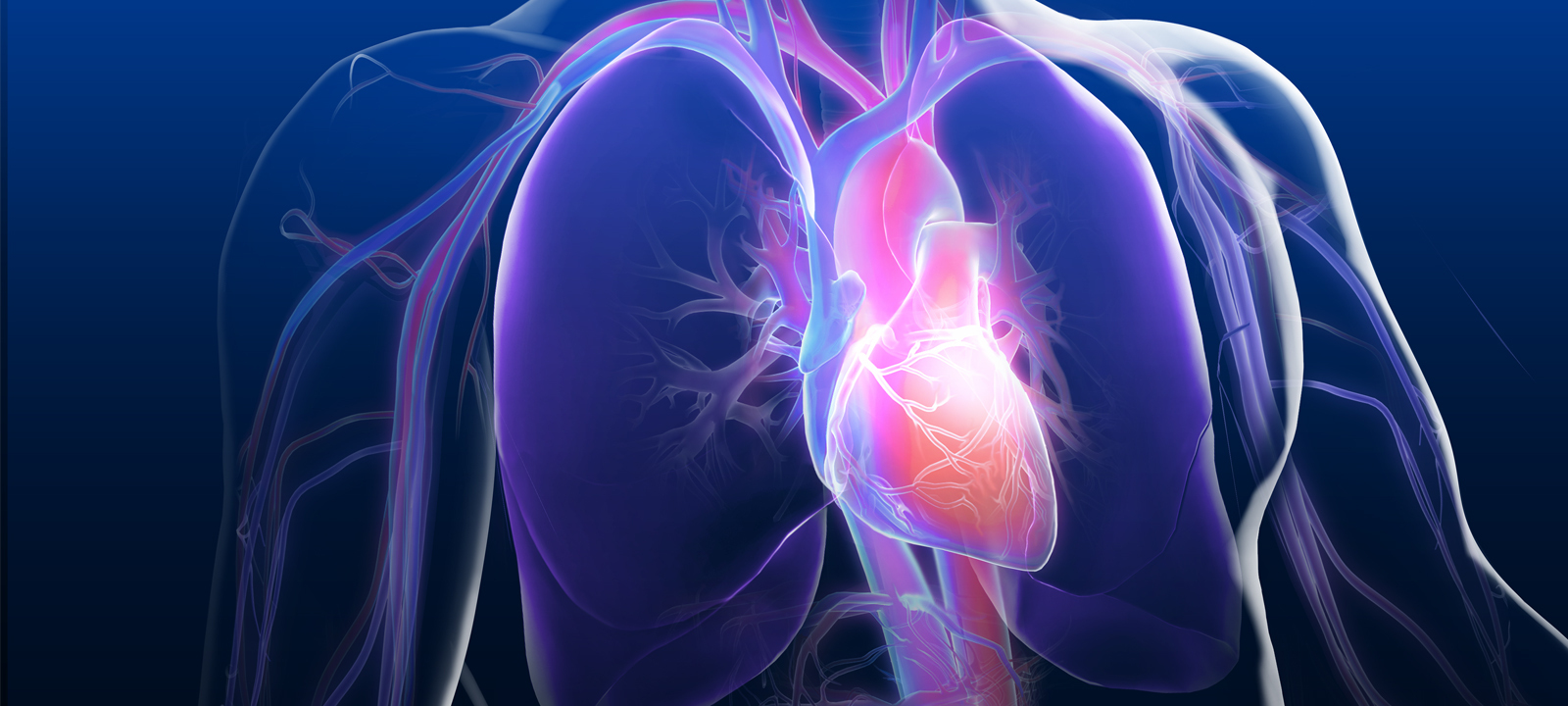
407K
Downloads
275
Episodes
The Cardiovascular CME podcast is a free educational offering from Mayo Clinic, featuring content geared towards physicians, physician assistants, and nurse practitioners who are interested in exploring a multitude of cardiology-related topics. Tune in and subscribe to explore today’s most pressing cardiology topics with your colleagues at Mayo Clinic and gain valuable insights that can be directly applied to your practice. No CME credit offered for podcast episodes at this time.
Episodes

Thursday Sep 15, 2022
Emerging ECG Methods for Ischemia Detection
Thursday Sep 15, 2022
Thursday Sep 15, 2022
Emerging ECG Methods for Ischemia Detection
Guest: Salah Al-Zaiti (@al_zaiti)
Hosts: Anthony H. Kashou, M.D. (@anthonykashoumd)
The accuracy of the 12-lead ECG in detecting ischemia will be discussed, as well as the emerging approaches to enhance ECH sensitivity to acute myocardial ischemia. The use of AI for ECG interpretation and how it can help boost the diagnostic yield of the 12-lead ECG for ischemia detection will be reviewed along with the research and future opportunities and recommendations.
Joining us today to discuss Emerging ECG Methods for Ischemia Detection is Salah Al-Zaiti, M.D., Associate Professor of Nursing, Emergency Medicine in Cardiology, Vice Chair of Research, at the Dept. of Acute and Tertiary Care at the Univ. of Pittsburgh School of Nursing.
Specific topics discussed:
- The 12-lead ECG is one of the most widely used noninvasive assessments of acute myocardial ischemia in symptomatic patients, namely those with chest pain. However, the ECG remains a suboptimal tool in diagnosing ischemia in this population, requiring the use of numerous diagnostics and assessments. But how accurate exactly is the 12-lead ECG for detecting ischemia? And what are the potential pitfalls of this suboptimal diagnostic accuracy?
- Let’s go back to the basics then, what are the ECG basis of acute ischemia? In other words, what are the processes and the mechanistic links between diminished coronary blood flow at the myocardial level and potential manifestations on the surface ECG?
- In your most recent commentary paper on the topic at Journal of Electrocardiology, you discuss four emerging approaches to enhance the ECG sensitivity to acute myocardial ischemia: (1) techniques based on novel ECG signatures of ischemia beyond ST-segment and T wave amplitudes; (2) techniques that maximize the spatial coverage of the ECG; (3) techniques based on ECG imaging; and (4) techniques based on artificial intelligence (AI) and machine learning. Using novel ECG signatures of ischemia is an intuitive approach, can you elaborate further on this?
- Let’s talk a little bit about the second group of approaches, how can we maximize the spatial coverage of the 12-lead ECG and how would this enhance the ECG sensitivity to ischemia?
- Let’s move on to the third approach, what exactly is ECG imaging and how it can be used to detect acute myocardial ischemia?
- The use of AI for ECG interpretation is growing exponentially, can you comment on how we can use AI to boost the diagnostic yield of the 12-lead ECG for ischemia detection?
- Finally, what should the research in this area focus on and what are the future opportunities and recommendations?
Connect with Mayo Clinic's Cardiovascular Continuing Medical Education online at https://cveducation.mayo.edu or on Twitter @MayoClinicCV and @MayoCVservices.
Facebook: MayoCVservices
LinkedIn: Mayo Clinic Cardiovascular Services
NEW Cardiovascular Education App:
The Mayo Clinic Cardiovascular CME App is an innovative educational platform that features cardiology-focused continuing medical education wherever and whenever you need it. Use this app to access other free content and browse upcoming courses. Download it for free in Apple or Google stores today!
No CME credit offered for this episode.
Podcast episode transcript found here.
